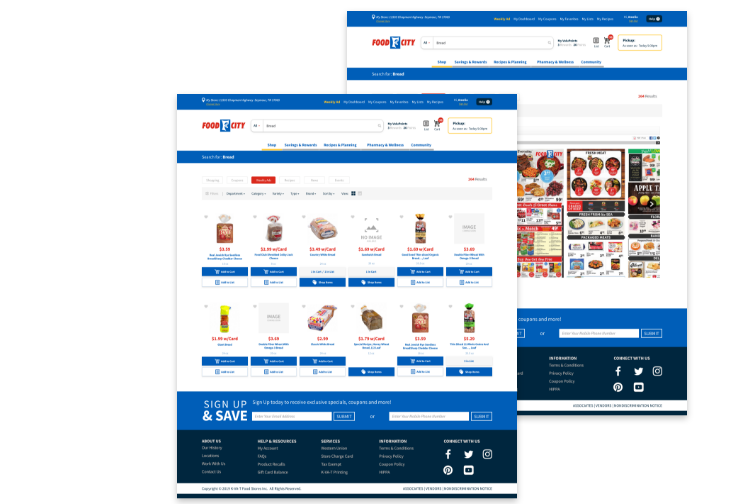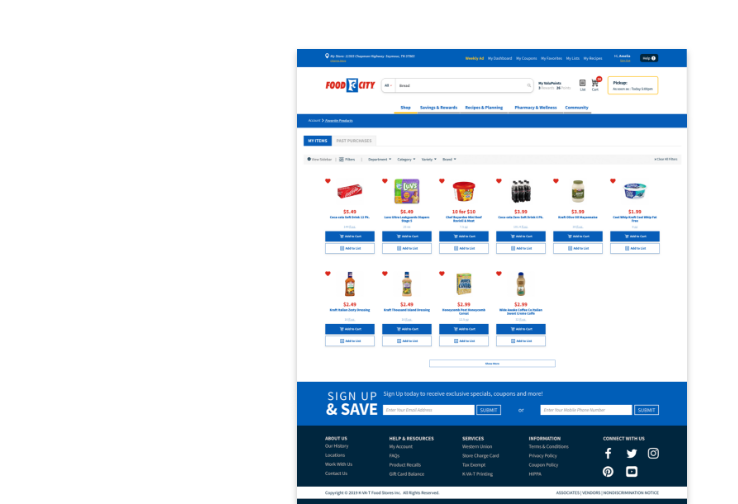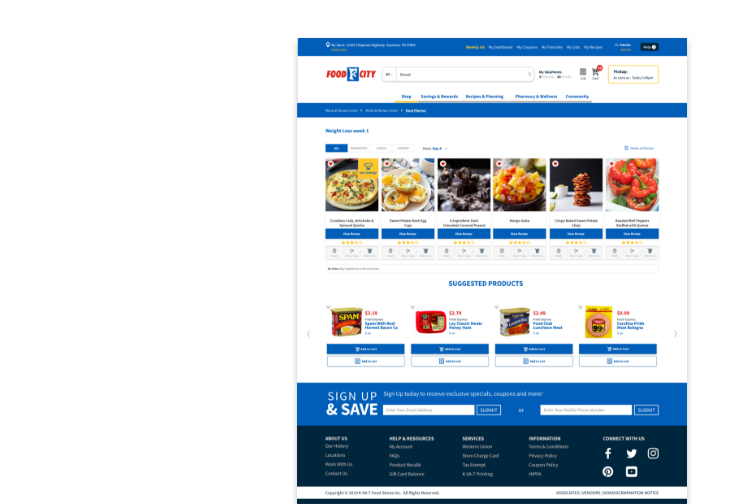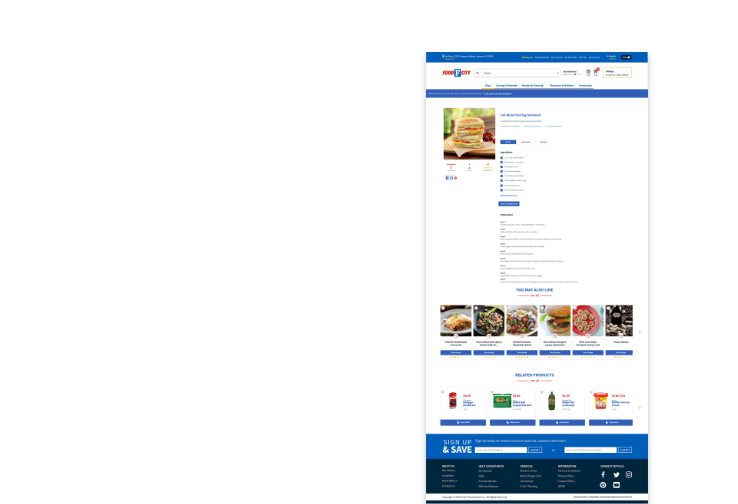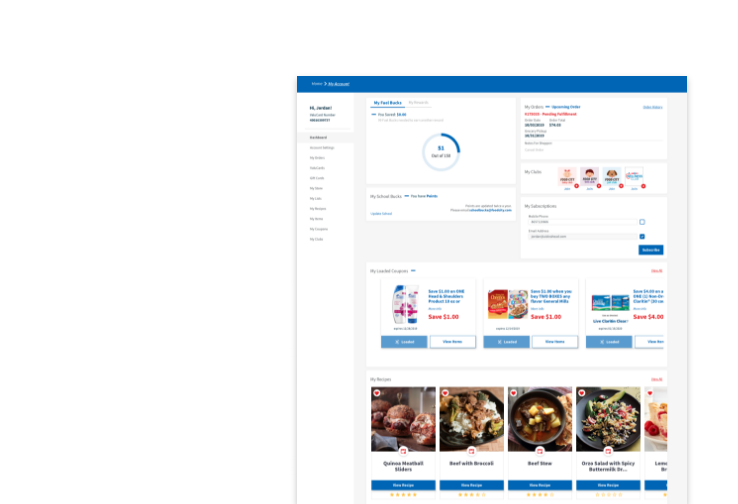
Wellness Club — MyPlate
Abingdon, VA. -
Friday, Mar 1, 2024.
Written by: Nicole Pazdziorko, RDN, LD, Food City Dietitian
The USDA MyPlate visual is a simple tool to assist with building balanced meals and encourages you to make every bite count by focusing on nutrient dense choices. The plate model emphasizes designating half of the plate for fruits and vegetables, choosing lean proteins, swapping to whole grains and opting for low-fat dairy. Make every bite count with these MyPlate tips:
Choose Mostly Whole Fruits
While 100% fruit juices contain many vitamins and minerals that are beneficial to health, whole fruits are emphasized because they are generally good sources of fiber, which helps maintain healthy digestion and is associated with lower risk of heart disease and diabetes. Aim to eat whole fruits in fresh, frozen or canned forms without added sugars. Try canned fruit in 100% juice paired with yogurt for a healthy snack, enjoy frozen fruits blended into a smoothie breakfast bowl, or enjoy a whole piece of fresh fruit as part of a balanced lunch.
Eat a Variety of Vegetables
Eating more servings of vegetables is great, but eating a variety of different types of vegetables is an even bigger win for your health. Different colors in produce means different compounds that help fight disease and maintain health. Vary your veggie routine by including orange and red vegetables, like carrots and tomatoes; some dark green like broccoli or spinach; beans, peas and lentils; starchy vegetables, like white potatoes and corn; and other vegetables, like onions, mushrooms and cauliflower. Keep in mind that fresh, frozen and canned forms are all nutritious options – just be sure to look for varieties with no added salt, sugar or fats.
Add a New Protein to Your Meal Rotation
The protein group includes meat, poultry, eggs, fish and seafood, but plant proteins also count toward this group. Eating a variety of different proteins ensures that your body is getting the diverse nutrients it needs. For example, including oily fish, like salmon or trout, two days per week means meeting the recommendation for heart healthy omega-3 fatty acids, while plant proteins, such as nuts, seeds, beans or peas, are low in saturated fat and supply fiber.

